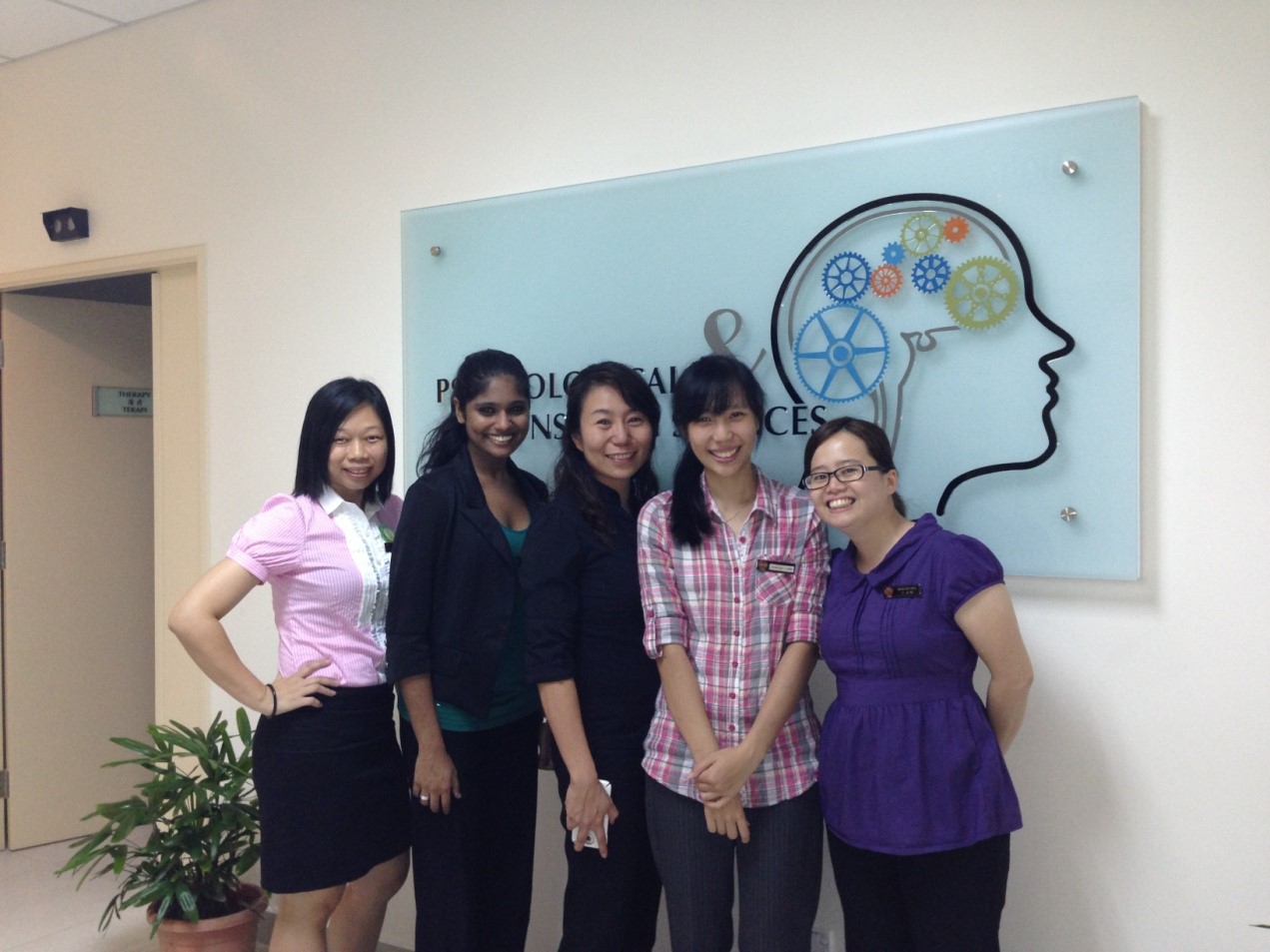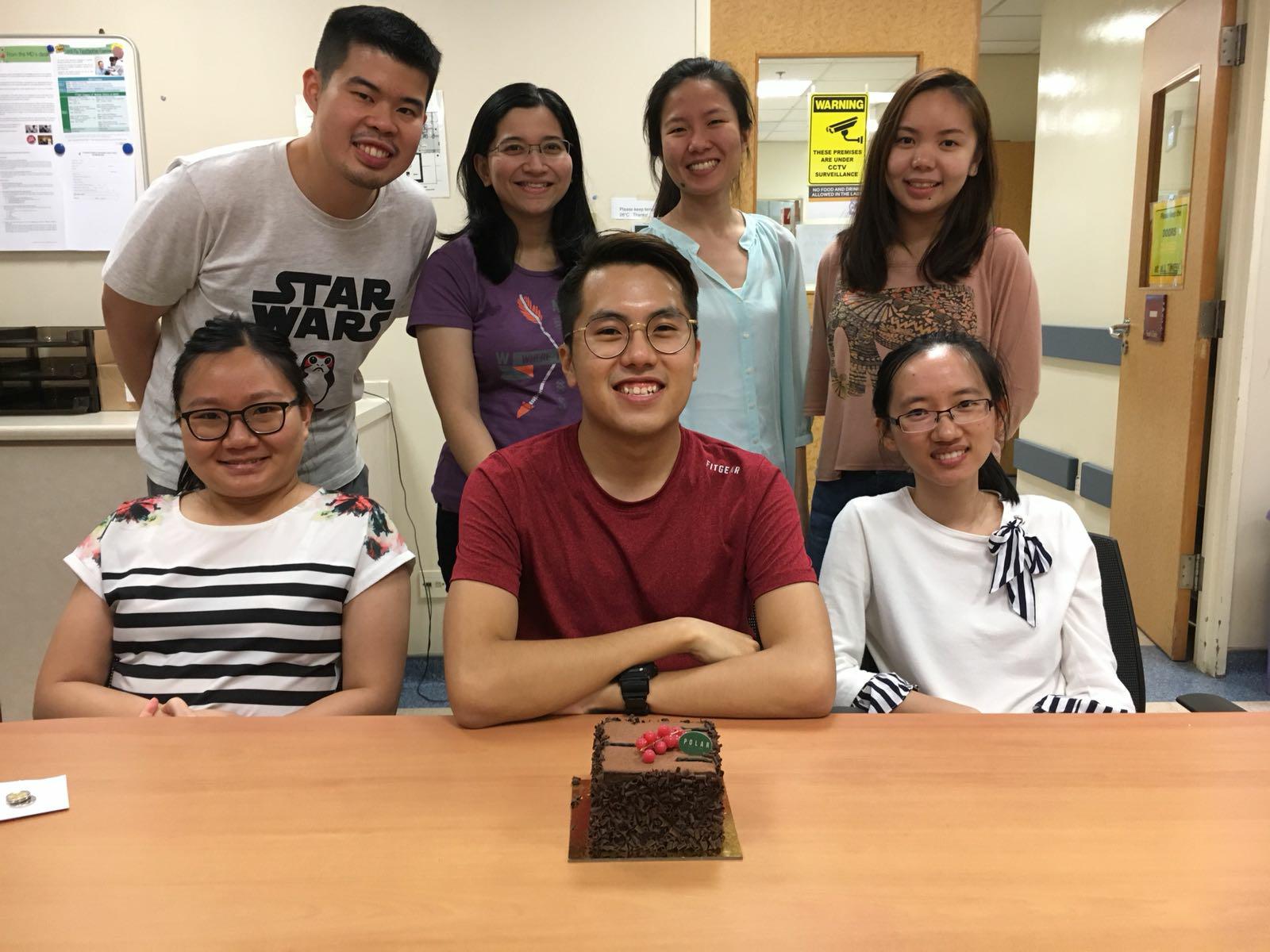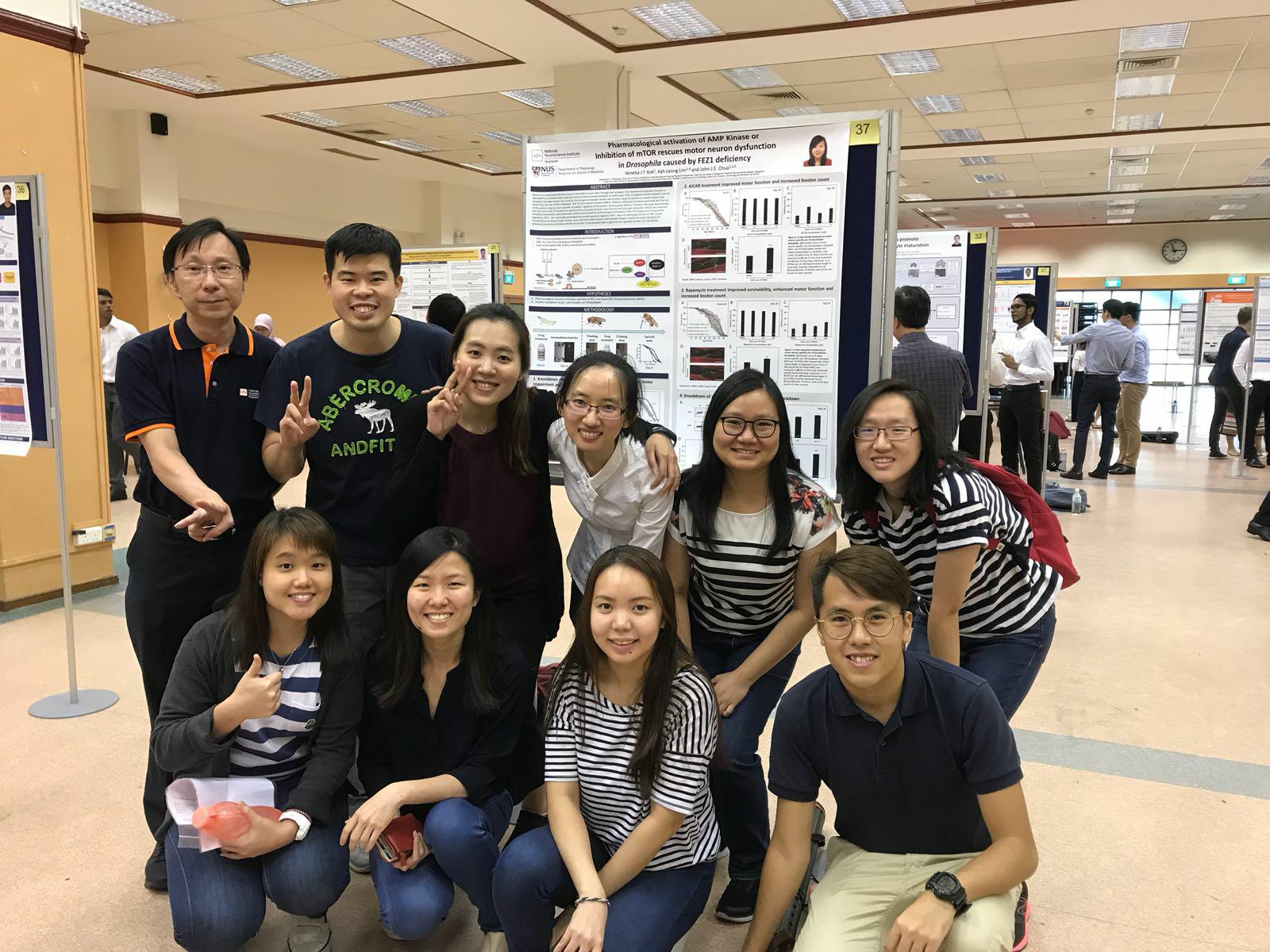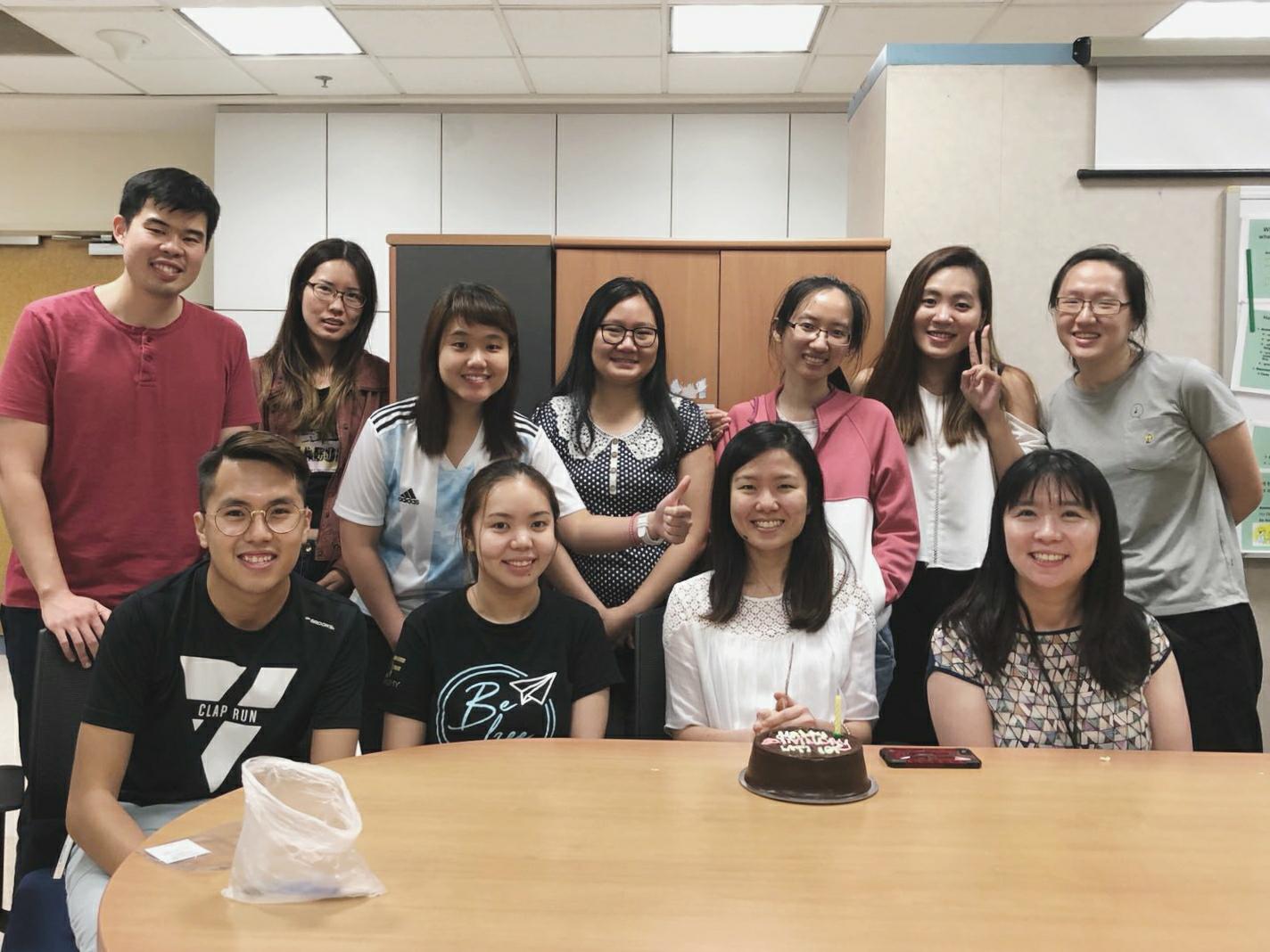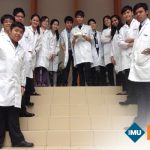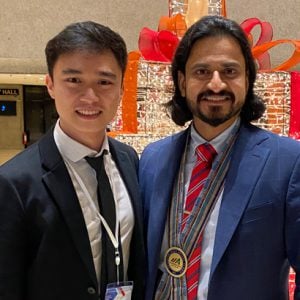Good day everyone, I am Cheah Chee Hoe (more often known as Calvin) from the cohort of BM1/15. For the next few minutes, I would like to share a bit about myself and my experience as an attachment student in Singapore. As a final year student of IMU’s Biomedical Science programme, I was told that I had to complete a 9-week attachment and that is when I began to panic. What should I do? Where should I go? How should I do it? Many more questions consistently popped up. As I was in such a dilemma, with the support of my friends, family and lecturers, I came across the National Neuroscience Institute of Singapore and made my final decision. I have always been excited when it comes to learning about neurological related topics, especially in neurodegeneration. Fortunately, I was accepted by A/Prof Lim Kah Leong as an attachment student to his research laboratory at National Neuroscience Institute, Singapore. I was tasked to investigate several therapeutic compounds in treating the neurodegenerative disease, Parkinson’s Disease. Interestingly, I used Drosophila melanogaster (aka the fruit fly) as an in vivo model of my studies. From this attachment programme, I have gained in-depth knowledge about Parkinson’s disease and opportunities to practice different laboratory techniques. The attachment programme in National Neuroscience Institute also allowed me to learn several in vivo assays, such as studying the behavior of fruit flies demonstrating parkinsonisms using flight and climbing assays, which assesses the locomotor capability of the fruit fly based on its inability to climb or fly. Not forgetting to mention that I had the opportunity to perform one of the most sophisticated techniques in biological research: microscope-aided fly brain dissection. Just imagine the challenge – collecting hundreds of fly brains from tiny heads, which were later subjected to immunofluorescence staining. However, it was an exciting technique to begin, and a fruitful experience to end with. 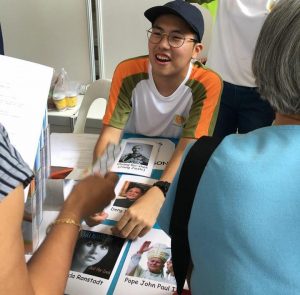
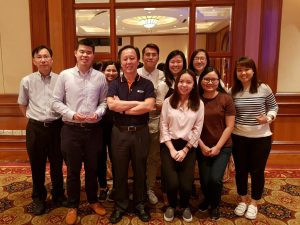
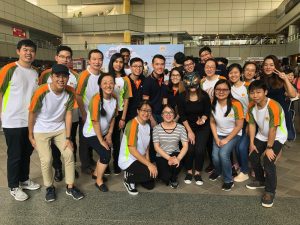 Perhaps, most of you would have imagined the working life of a life science researcher as sitting in front of the bench, continuously working on some rather boring and routine procedures. However, that is not entirely true at the Neurodegeneration Research Lab of the National Neuroscience Institute. Throughout the 9 weeks of my internship programme, I was given opportunities to attend various events in Singapore, with “Move to Beat Parkinson’s” campaign being the most meaningful one. The campaign is aimed at raising awareness on Parkinson’s Disease among the residents of Singapore. During the campaign, I took charge of the game session with Parkinson’s Disease patients and their caregivers to raise awareness, ultimately leading us to a better understanding of our research topics. I have also attended various events such as the final year project presentation symposium at the National University of Singapore, the National Neuroscience Research Institute Singapore Day as well as weekly scientific seminars presented by experts of other fields such as mechanobiology at the National University Singapore.. These events and seminars have given me opportunities to interact with other experts and the public, and tremendously improved my understanding of Parkinson’s Disease and other areas in life science research. Most of the time, my workload was heavy as I was required to plan my project independently. However, this did not stop me from exploring the country during my free time. I spent most of my time swimming and jogging in my neighbourhood to keep myself relaxed so that I could perform even better at work, allowing myself to break through my very own limit. Also, taking advantage of my time in Singapore, I met up with some friends and explored several local attractions in Singapore, with Gardens by the Bay and the MacRitchie Reservoir being the most splendid and memorable ones.
Perhaps, most of you would have imagined the working life of a life science researcher as sitting in front of the bench, continuously working on some rather boring and routine procedures. However, that is not entirely true at the Neurodegeneration Research Lab of the National Neuroscience Institute. Throughout the 9 weeks of my internship programme, I was given opportunities to attend various events in Singapore, with “Move to Beat Parkinson’s” campaign being the most meaningful one. The campaign is aimed at raising awareness on Parkinson’s Disease among the residents of Singapore. During the campaign, I took charge of the game session with Parkinson’s Disease patients and their caregivers to raise awareness, ultimately leading us to a better understanding of our research topics. I have also attended various events such as the final year project presentation symposium at the National University of Singapore, the National Neuroscience Research Institute Singapore Day as well as weekly scientific seminars presented by experts of other fields such as mechanobiology at the National University Singapore.. These events and seminars have given me opportunities to interact with other experts and the public, and tremendously improved my understanding of Parkinson’s Disease and other areas in life science research. Most of the time, my workload was heavy as I was required to plan my project independently. However, this did not stop me from exploring the country during my free time. I spent most of my time swimming and jogging in my neighbourhood to keep myself relaxed so that I could perform even better at work, allowing myself to break through my very own limit. Also, taking advantage of my time in Singapore, I met up with some friends and explored several local attractions in Singapore, with Gardens by the Bay and the MacRitchie Reservoir being the most splendid and memorable ones. 
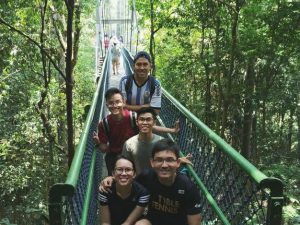 I would really love to take this opportunity to express my gratitude to my principal investigator, A/Prof Lim Kah Leong and fellow colleagues. I vividly recalled how nervous I was during my first day of work although all in the group welcomed me as if I were one of them already. I came to Singapore to learn about fly manipulation techniques and Parkinson’s-related knowledge, however I ended up gaining so much more than that. They gave me full confidence in my laboratory skills and trusted my results, thus greatly boosting my self-esteem. They gave me not only guidance on research, but also advice on my future endeavours and embarkment to another stage of my life. They treated me as if I was one of their family members. My internship programme wouldn’t have be as gratifying and pleasurable without the help and company of my colleagues. And I am truly grateful for that. All in all, I have enjoyed myself at the National Neuroscience Institute, Singapore. I have gained beyond what I can imagine and strengthened my determination in life science research. I believe that continuous and lifelong learning is the core principle, working as a life science researcher, and I will continue seeking for challenges and stepping out of my comfort zone to improve, in order to contribute to the betterment of Parkinson’s disease patients. Lastly, I would love to end this with a quote from Benjamin Franklin –
I would really love to take this opportunity to express my gratitude to my principal investigator, A/Prof Lim Kah Leong and fellow colleagues. I vividly recalled how nervous I was during my first day of work although all in the group welcomed me as if I were one of them already. I came to Singapore to learn about fly manipulation techniques and Parkinson’s-related knowledge, however I ended up gaining so much more than that. They gave me full confidence in my laboratory skills and trusted my results, thus greatly boosting my self-esteem. They gave me not only guidance on research, but also advice on my future endeavours and embarkment to another stage of my life. They treated me as if I was one of their family members. My internship programme wouldn’t have be as gratifying and pleasurable without the help and company of my colleagues. And I am truly grateful for that. All in all, I have enjoyed myself at the National Neuroscience Institute, Singapore. I have gained beyond what I can imagine and strengthened my determination in life science research. I believe that continuous and lifelong learning is the core principle, working as a life science researcher, and I will continue seeking for challenges and stepping out of my comfort zone to improve, in order to contribute to the betterment of Parkinson’s disease patients. Lastly, I would love to end this with a quote from Benjamin Franklin –
| “Tell me and I forget, teach me and I may remember, involve me and I learn.” |
|---|
Written by: Calvin Cheah, Final Year Student, IMU Bachelor of Science (Hons) Biomedical Science




